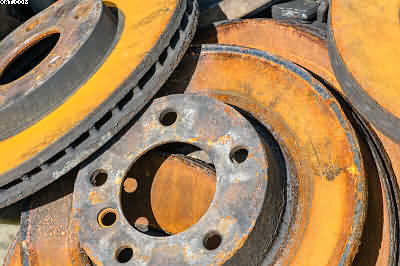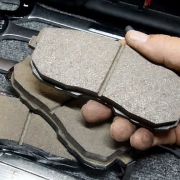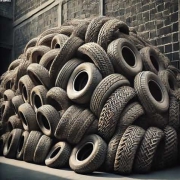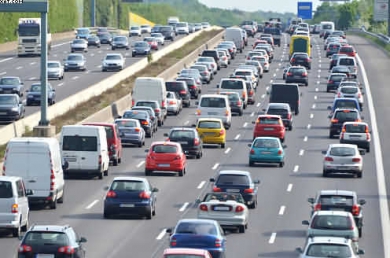Cheap Brake Pads: Are they Worth It?
Table of Contents
Cheap Brake Pads

Cheap Brake Pads
Of course, your vehicle’s braking system is composed of multiple components. Subsequently, work in tandem to bring your vehicle to a halt once the brake pedal is engaged. The hydraulic system, which most automobiles utilise. Hence, it uses fluid to transmit the pressure from the brake pedal to the brake. The brake discs are wheel-mounted concave discs. It converts the kinetic energy into thermal energy. Which is subsequently absorbed and dissipated by the brake.
Brake fluid is stored within the master cylinder and flows into the callipers. Cheap Brake Pads
through the brake pipes (lines), of course, which clamp the brake pads onto the rotors. Thus stopping the vehicle. The brake pads, which are composed of steel with surface-bound friction material,. Ultimately, press against the rotor to create the necessary friction to decelerate and halt the car.
As all motorists know, the pads will eventually deteriorate due to constant contact with the rotors. Furthermore, driving habits can affect the brake pad’s lifespan. For instance, frequent braking or driving through urban areas. Which require frequent stops and starts, can necessitate brake pad replacement more often.
Four brake pad types are available, each with distinct performance and cost differences.
They are, in order of increasing price and therefore usually better quality:
• Low-Metallic, Non-Asbestos Organic: These brake pads are budget-friendly, but they are also the loudest and generate the most brake dust, which can reduce braking effectiveness.
• Non-Asbestos Organic: These brake pads are made of rubber, glass, fibre, or Kevlar. They are extremely silent, but they wear out much faster than other types and generate a lot of dust.
• Semi-metallic: These brake pads contain 30% to 65% metal, typically steel, copper, composite alloys, or iron. Durable and economical, semi-metallic brake pads are gentler on the rotors than ceramic pads, but they perform worse in extreme weather conditions and produce more noise.
• Ceramic: Ceramic brake pads are the most expensive, but they are also the highest-performing and most silent option. Unlike the plates in your kitchen cabinet, ceramic pads are interwoven with copper strands to make them tough enough to withstand prolonged usage.
Cheap Brake Pads- VERSUS EXPENSIVE BRAKE PADS
Most cars sold today come with non-asbestos organic brake pads. These are designed for road use and function well in your vehicle. Additionally, they are cost-effective, although they will need to be replaced frequently. Here at Pellon Tyres, we use the best pads possible to suit the customer’s particular budget. We never use the cheapest pads or any other brake parts, for that matter.
However, if you want a cleaner and quieter option, ceramic brake pads are the way to go. Although more expensive, ceramic pads will last much longer and can even extend the lifespan of other brake components because of their high heat resistance. Certain car models recommend we fit these ceramic pads, so we do!
It’s important to remember that ceramic brake pads produce less friction. Cheap Brake Pads
resulting in a longer stopping distance. As a result, larger vehicles, like SUVs and trucks, are better off with organic pads.
Regardless of which type of brake pads you choose, it’s essential to invest in high-quality versions. Cheap brake pads not only generate a lot of dust and noise but also pose a significant safety hazard.
Brake pads are seen to be the products of harmful dust and therefore bad for the environment. I fear that this will be a problem for governments to face in the future.



